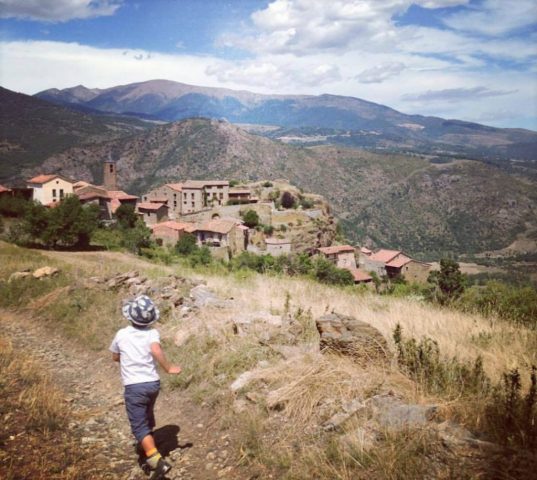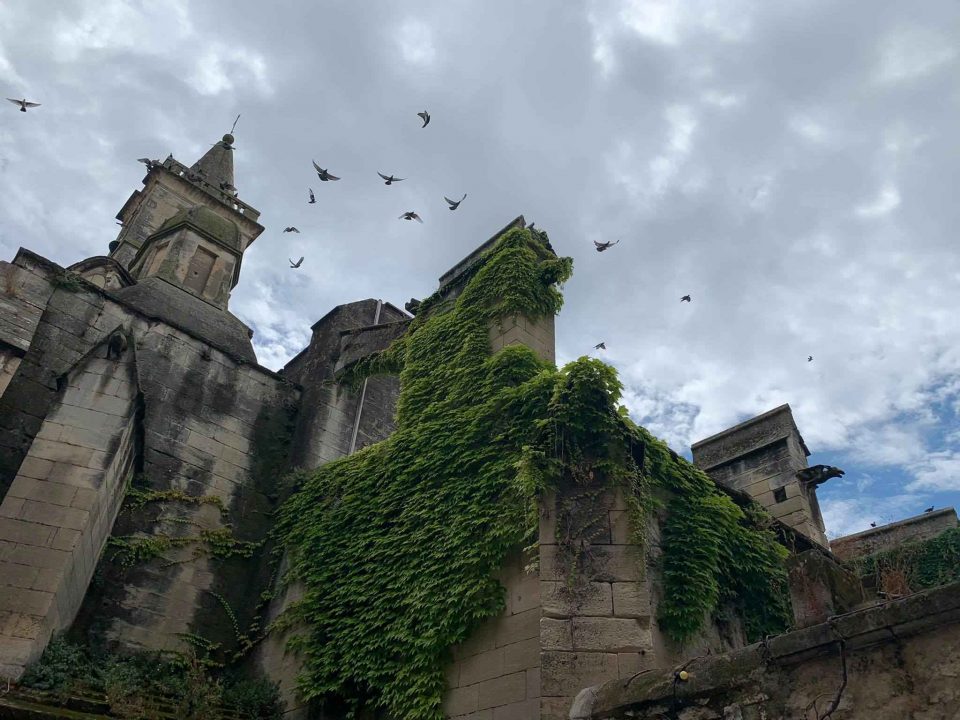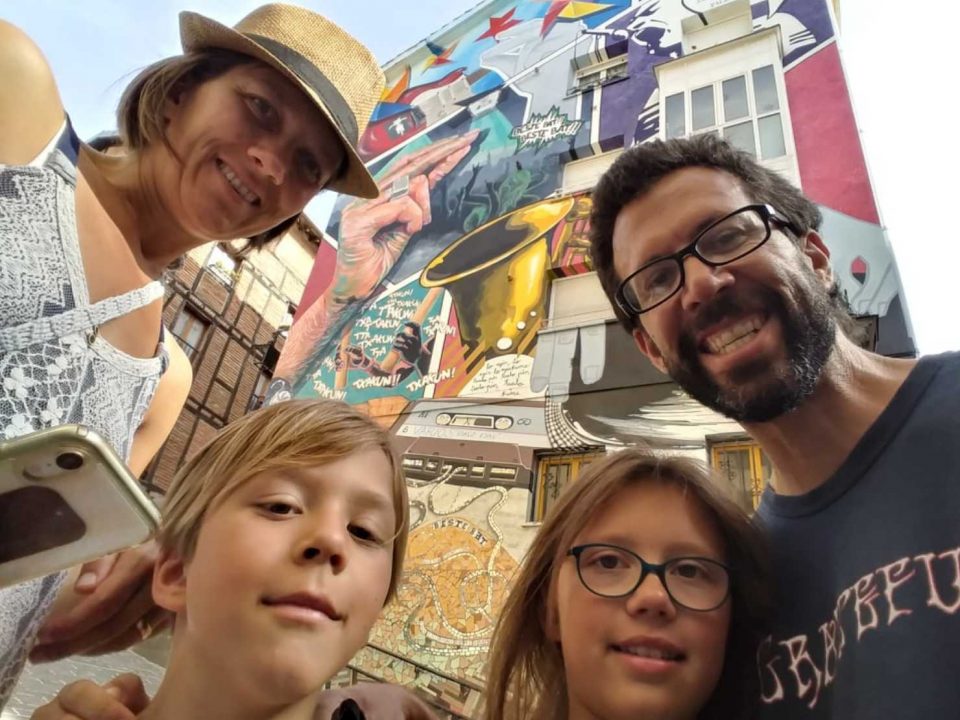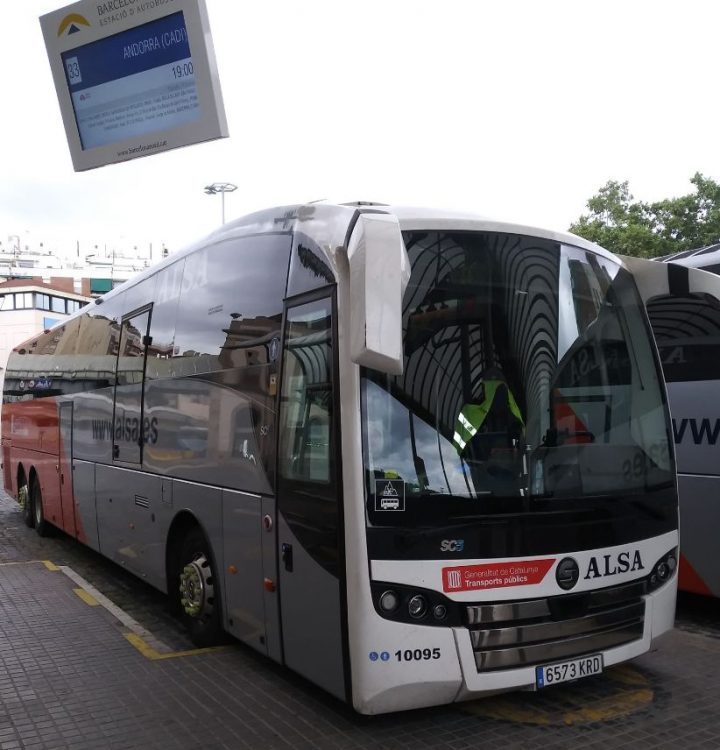
No Holds Barred: Settling down in a Spanish village
July 9, 2017
Raising the Bar: Life in a Spanish village
August 10, 2017Our integration into Spanish society has continued with many new and notable milestones. Most members of our family (those with natural European citizenship) now have their official registration numbers for Spanish residency. This allows them to enter into binding contracts and register for Spanish healthcare. It all seems so very civilized.
Meanwhile, I woke up from a refreshing slumber at around 5 pm the other day, with the realization that I had at last adopted the all-important custom of the siesta. This made me feel more Spanish than ever. I recently observed that the moments leading up to siesta are the only time when you’ll actually see Spaniards rushing around in a hurry. As in, “Come on kids, if we hurry up we can get home in time for daddy’s nap!”
But don’t get me wrong. Taking an afternoon nap is no sign of indolence, nor does it have a negative impact on productivity. On the contrary, it is the only sensible way to endure the afternoon heat of a summer day and manage to stay up for dinner, which is served between 9 and 10 pm. Still, on most days, napping is just not an option. Especially when you have a 4-year-old and a 7-year-old who are determined to use the mid afternoon to reenact the Spanish Civil War with a room full of wooden blocks and explosive Legos.
So we usually end up spending the hottest part of the afternoon cruising in our Volkswagen bus, driving from one end of the Cerdanya valley to the other and running errands, without air conditioning. We may know how to run a business, build a website, navigate the bureaucracy of Spanish immigration, and solve a Rubik’s cube, but we still haven’t figured out how to plan our day sensibly. (Yes, it’s true, our daughter used her first allowance to buy a Rubik’s cube last week, and now thanks to the wonders of YouTube, we have learned to solve the handheld puzzle with consummate ease.)
And now that we live in a village of about 20 people, the vast majority of whom never seem to be home (our closest neighbor is a goat), the puzzles provide a pleasant diversion to pass the time, especially when it’s 35º C (90+ F) outside. And, as it happens, the Rubik’s cube also turns out to be much less frustrating than our other distraction, which is shopping for housewares at Amazon dot com.
It’s not the shopping so much—although I would absolutely prefer to buy from locally owned businesses operated by real life members of our community, if only we weren’t living in such a far removed corner of the hinterlands. Many of items which suit our eclectic tastes simply cannot be purchased in these parts. But the real problems arise when the delivery service leaves the Amazon distribution center and tries to find us.
Getting to our house is not that easy. Imagine a series of three-, five- and seven-point turns winding their way in and out of a 12th century hamlet, clearly not designed with motor vehicles in mind, and meandering down the face of a precipitous mountain peak. That’s our driveway. Furthermore, the streets are not named and the houses are not numbered. How we even managed to get an internet connection here is something of a miracle, but that’s another story.
FURTHER READING: For more entertaining stories about the region, be sure to check these articles on 7 essential outings in Cerdanya, Plenty of room at the Hotel Catalunya, Paradise Found, and Settling Down in a Spanish Village.






1 Comment
I can’t wait for the book! I love reading about you adventures.